
Visit Wałbrzych - the city of porcelain with one of the most marvelous Museum of Porcelain.

Wałbrzych dates back to medieval times. The city is special for me, because I share a passion for porcelain with its history. Porcelain production was a traditional branch of industry in Wałbrzych. The two most significant and old porcelain factories were the workshops of Carl Krister and Carl Tielsch. None of them survived the test of time, turmoil of war and difficult decisions. But the items that collectors are hunting now can achive incredibly high prices. It's really unbelievable when you hold an almost two-hundred-year-old butter dish, cup or platter in your hands. I always get a thrill, just looking at such an object or taking it in my hand. I don't have objects as old as the ones mentioned above in my collection, but I managed to purchase some wonderful items.

No wonder that when I was going to Wałbrzych my first destination was the Museum of Porcelain. It is the oldest and longest operating cultural institution in the city, the only object of this class on the museum map of Poland. Its rich history dates back to 1908, when on the initiative of Julius Joppich, the Museum of Antiquities of the Wałbrzych Land was established in Wałbrzych. Anyway, if you enter “the Museum of Porcelain Poland” in the search engine, it will be in the first place in the results. The collections of Silesian porcelain that are located there are unique. I can even be tempted to say that one of the few in Europe.
Among the curiosities, I can write that the legacy of Carl Krister's manufactory has been taken over by Porcelain Kristoff Wałbrzych (Factory of Porcelain "Krzysztof"). It was one of the leading Polish porcelain brands, operating continuously since 1831. Why did I say it was? Because the high increase in gas prices caused that the owner decided to turn off the kilns in which porcelain items were burned. The costs turned out to be too high. Currently, the factory is selling its products that it still has in stock (information from 06.2023), but what will be the further fate of the factory is not known yet. It is known, however, that among the customers of Porcelain Kristoff Wałbrzych were, for example, the White House and the court of Queen Elizabeth II (Alaska dinner and coffee set, hand-decorated with high-carat gold, was sent to the White House, and an elegant casket with gold decorations in the Baroque style, the company sent to the court of the Queen Elizabeth II, as a gift after the birth of Prince George).
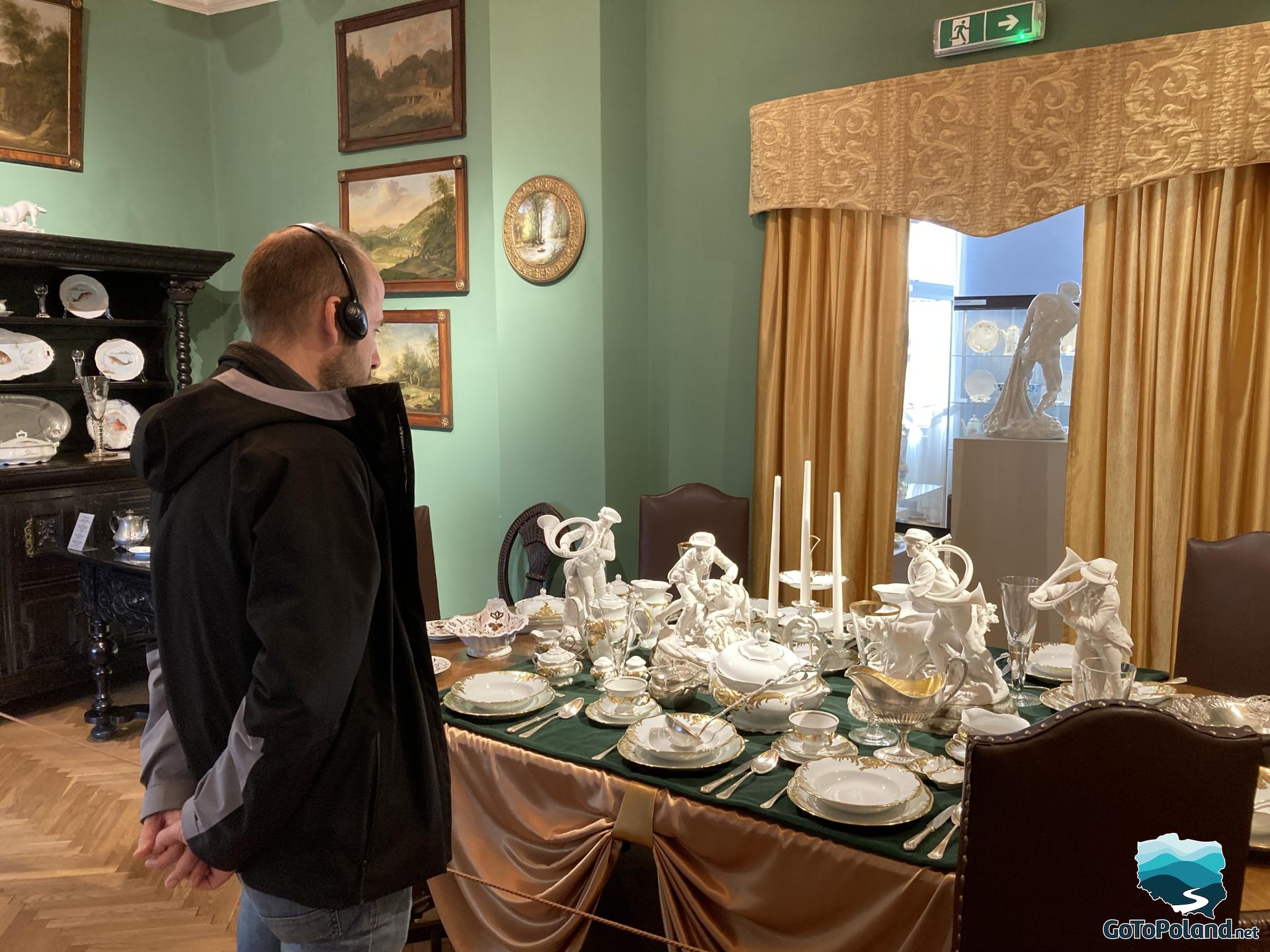
Of course, Wałbrzych is not only the Museum of Porcelain, but also a pleasant palm house which is one of the oldest buildings of this type in Poland, built in 1911-1913 at the request of Henry XV von Pless, and the magnificent Książ Castle (that I will try to write about soon), which is the third largest castle in Poland. Wałbrzych has a not too big but very nice market square around which there are interesting tenement houses. In general, being in Wałbrzych, it is worth paying attention to the wonderful villas, tenement houses and palaces, such as Carl Tielsch's Palace built in 1860 or the Alberti Palace, a representative building in Wałbrzych, erected in the years 1801-1803 in the classicist style. We also saw the Czettritz Palace, built in 1604, located in the Czettritz Park. The palace was built in the Renaissance style, expanded in 1857 to serve as the seat of the administration of the princes of Pszczyna. In the years 1882-1883, it underwent a thorough reconstruction, it housed the seat of the Voivodeship Office in Wałbrzych. Currently, the palace houses the State Higher Vocational School. The building is part of the palace complex, which also includes: a park, a grange from the turn of the 18th and 19th centuries: the building of officials, outbuilding (stable and coach house), two houses.
You may be surprised, but we also reached the family tomb of Carl Tielsch, which I couldn't miss. Visit Wałbrzych with me.
More information about Wałbrzych you can find on Wikipedia
How far is it from Warsaw to Wałbrzych?
The distance from Warsaw to Wałbrzych is 434 km.
How far is it from Wrocław to Wałbrzych?
The distance from Wrocław to Wałbrzych is 87 km.
Now, I invite you to see my photos.

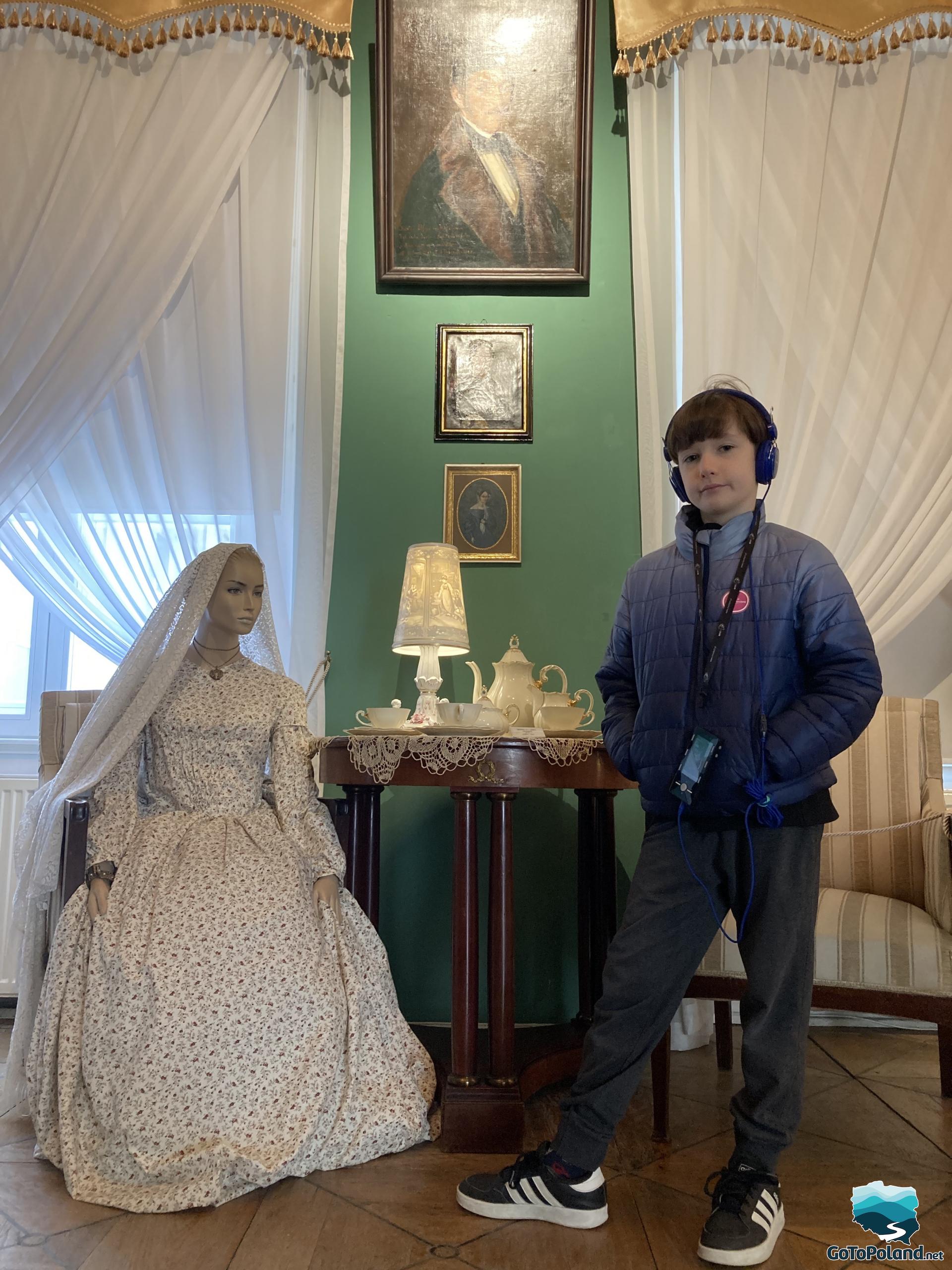
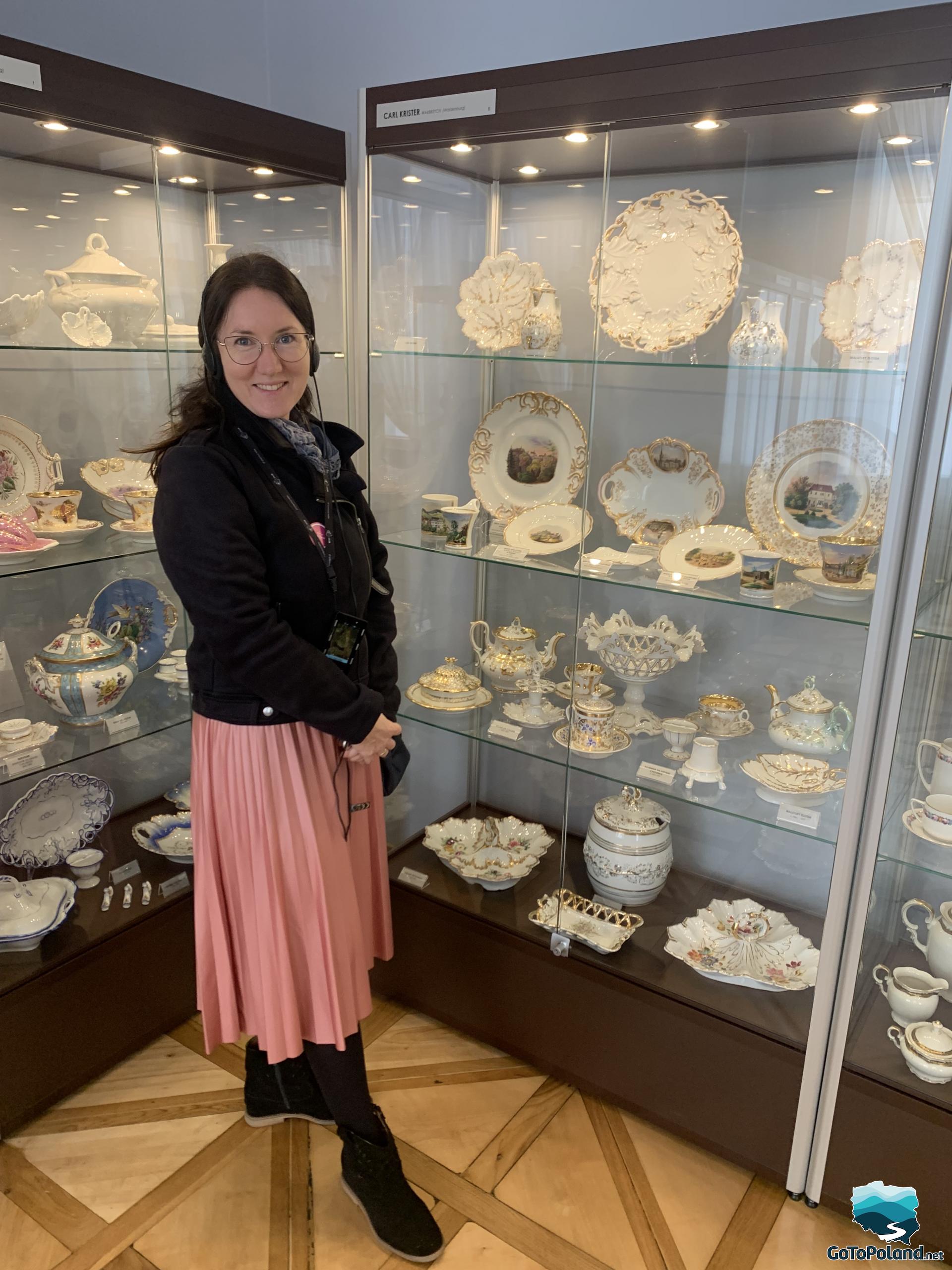 |  |
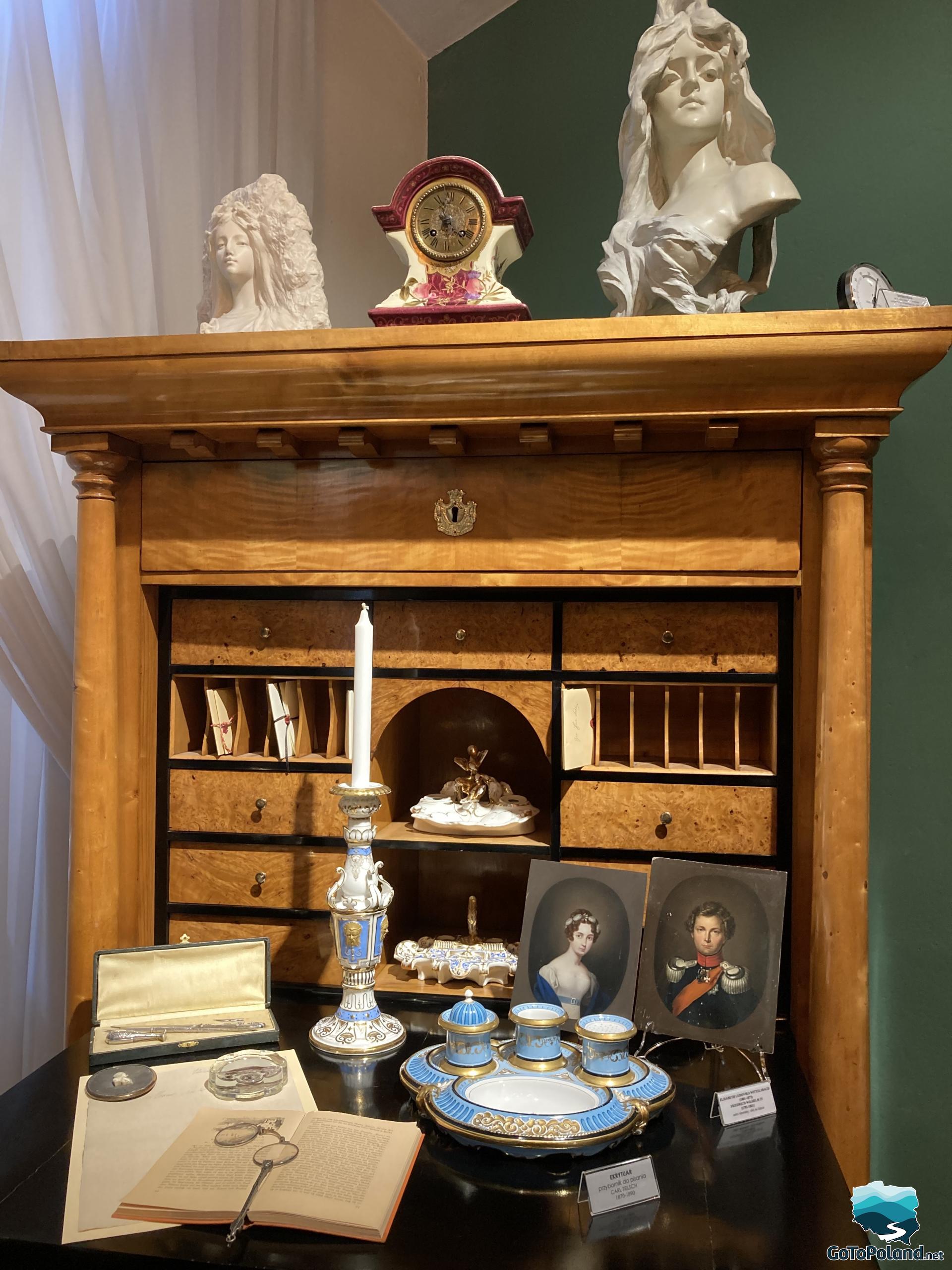 |  |
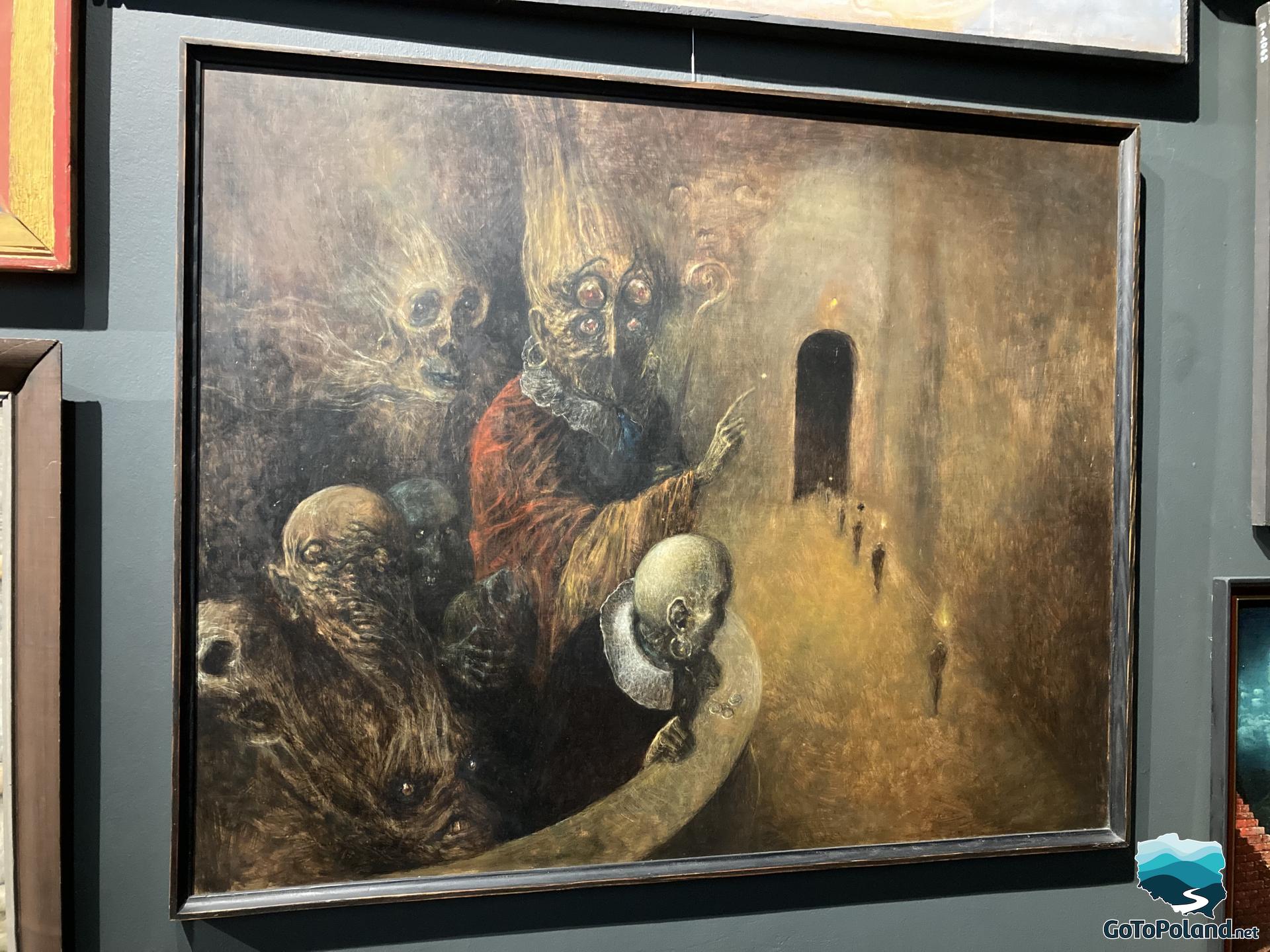




 |  |

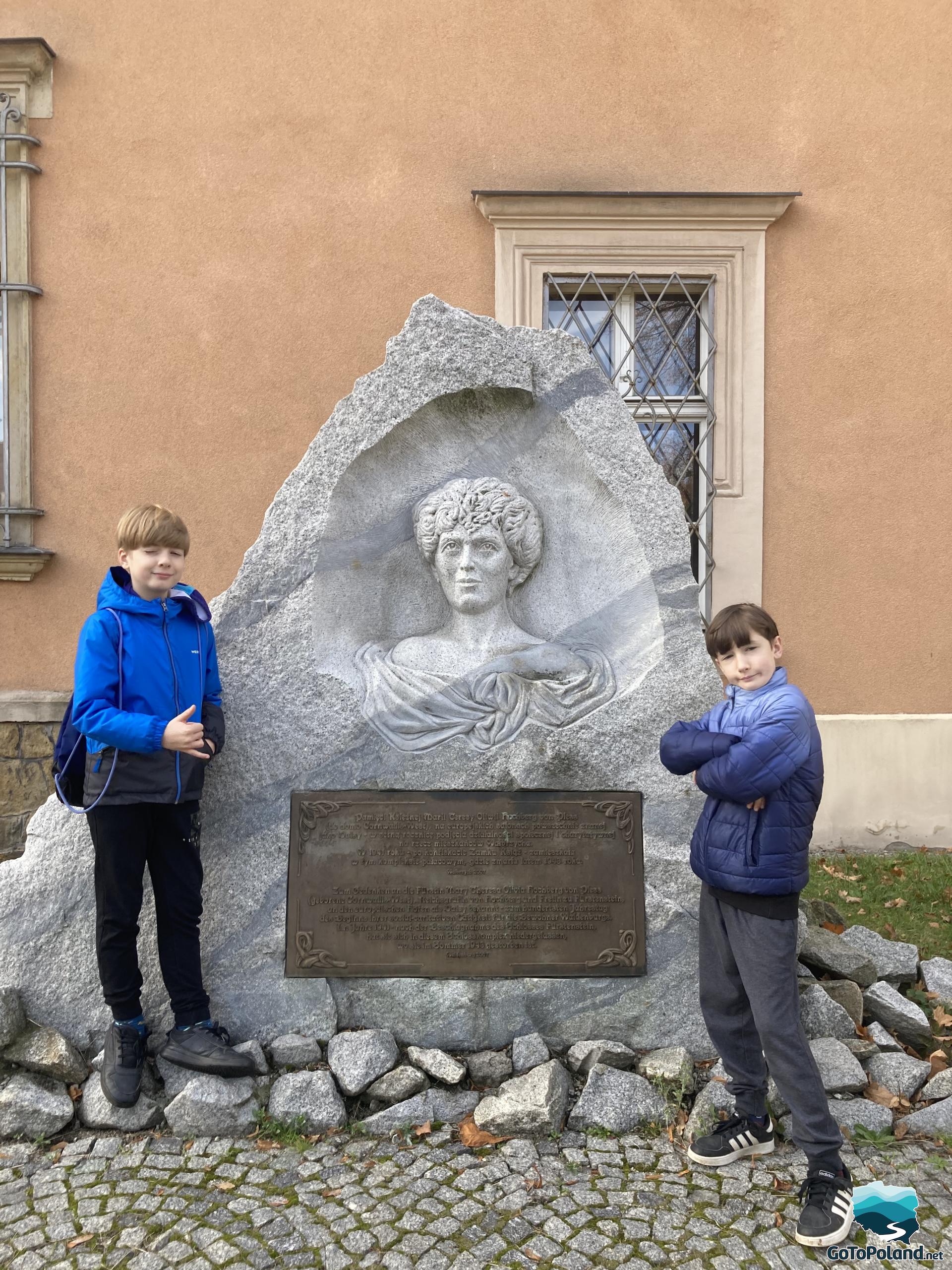







How to get to Wałbrzych

